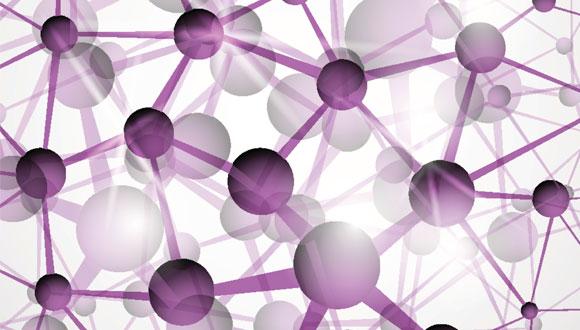Physics Colloquium: How the James Webb Space Telescope will measure First Light, Reionization, and Galaxy Assembly: The New Frontier after Hubble
Rogier A. Windhorst, JWST Interdisciplinary Scientist, Arizona State University
Abstract:
I will review how the 6.5 meter James Webb Space Telescope (JWST) - after its launch in 2018 - can measure the epochs of First Light, Reionization, Galaxy Assembly, and Supermassive Black-Hole Growth, building on recent results from the Hubble Wide Field Camera 3. Significant technical progress has been made on the design and fabrication of JWST: more than 98% of its launch mass has been built, passed final design, or is being built as of spring 2015. I will briefly summarize the path from today till launch, planned with an Ariane V for October 2018.
Next, I will briefly review the search for the first galaxies at redshifts z=9-11 (cosmic age ~0.5 billion yrs) in Hubble's Deep Fields. I will show what combination of area, depth, and wavelength coverage are needed for JWST to detect a sufficient number of First Light objects, and to measure their evolving luminosity function (LF). JWST will measure the evolution of the Schechter LF at redshifts z~6--15, when the Universe was 0.3--1 billion years old. Gravitational lensing by the most highly-concentrated rich foreground galaxy clusters may need to be used to maximize the number of First Light objects (z~>12-15) detected with JWST.


